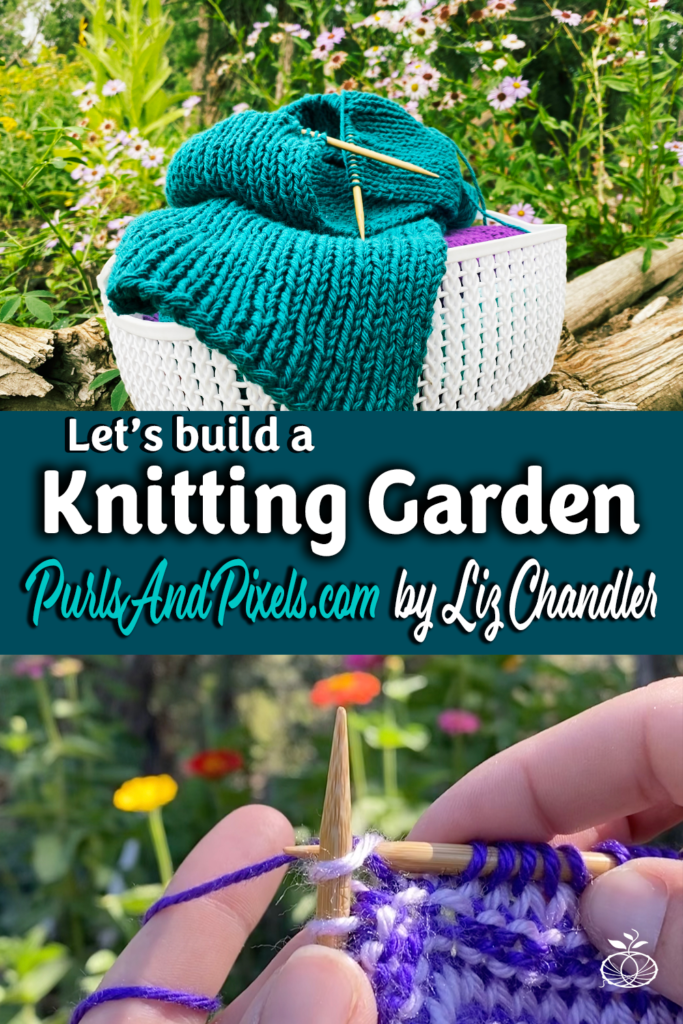Essential Steps to Protect Your Flock in Bear Country

Living in bear country means being the guardian of your chicken coop in a land where bears might mistake it for an all-you-can-eat buffet. Bear-proofing your coop isn’t just about protecting your chickens; it’s also about ensuring that our furry neighbors don’t end up enjoying an unintended feast.

Understanding Bear Behavior
First things first, let’s delve into the bear psyche. Bears are not food critics; they’re opportunists. They have an uncanny ability to sniff out a chicken dinner and might consider your coop a Michelin-starred establishment if given the chance.
Keep Temptations Out of Reach
Alright, now it’s time to clean up the yard. Remove any chicken delicacies that might entice bears. Store feed securely in bear-proof containers, because your chickens aren’t the only critters that enjoy corn and grains. A hungry bear will happily snack on your chicken feed, then search for some protein to go with his side dish. It’s best not to rely on “bear-proof” containers; a clever bear can pop these open with the flick of one claw. Instead, keeping feed in a sturdy shed or garage is a good way to keep it out of reach.


Fortify the Fortress

Your coop should resemble Fort Knox, but with more clucking. Construct it with materials sturdy enough to withstand a bear’s curiosity. Remember, bears are like the Houdinis of the animal kingdom; they’ll try every trick in the book to crack into your coop.
When it comes to locks, bear-resistant is the name of the game. Bears have a knack for figuring out puzzles, so opt for locks and latches that would give even Sherlock Holmes a run for his money.
Regularly inspect your coop to ensure it remains a fortress against bear infiltration. Remember, bears have a lot of time on their paws and are persistent problem-solvers.

Your First Line of Defense: Fencing

Install fencing that even the most ambitious bear would think twice about crossing. Think electric fencing or a fence so formidable it could double as a set for a medieval castle. Bears might be strong, but they’re not fans of unpleasant surprises.
If you find a particularly stubborn bear is undeterred by a little zap, here is a tip I learned from a retired Forest Service Wildlife Officer. He told me to try wrapping a strip of raw bacon around the electric fence; when the bear tries to grab a snack, it will get a zap that should deter it from coming back. Just make sure to turn off the electricity before you wrap the bacon, and turn it back on when you’re done.
Lights, Alarms, and Other Bear-Be-Gone Gadgets
Bright lights and sudden loud noises: the bear’s version of an unexpected pop quiz. Set up motion-activated deterrents that make bears feel like they stumbled into a surprise party they weren’t invited to.

To create a bear-unfriendly surprise party, motion-activated deterrents could mimic a carnival gone haywire in the woods. Picture strobe lights flashing vividly, casting disorienting shadows amidst the trees. Accompanying these dazzling lights, an array of loud, dissonant noises erupts—a cacophony of honks, bells, and perhaps even snippets of human chatter or music, jolting the bears out of their peaceful reverie. These deterrents, strategically placed and activated by motion sensors, would make the bears feel like they stumbled upon a chaotic celebration they definitely weren’t invited to.
From the bear’s perspective, these unusual sights and sounds disrupt their usual routine, creating an environment that feels unfamiliar, unpredictable, and thoroughly unwelcoming. It’s the forest equivalent of walking into a surprise party where you’d much rather have stayed home—a sensory overload that normally encourages a swift retreat back to the peace and quiet of the untouched woods.
Man’s Best Friend: The Canine Guardians

When it comes to bear deterrence, our four-legged friends often steal the show. A well-trained dog can be an invaluable asset in keeping bears at bay. Bears are wary of dogs and are less likely to approach an area where they sense the presence of these vigilant guardians. Consider introducing a dog to your coop-defense team – a furry, barking sentry that doubles as a loyal companion.
However, training is key; not every dog is automatically a bear-chasing expert. Choose breeds known for their protective instincts and train them to safely deter, not directly engage, these formidable visitors. A dog’s bark might just be the final piece of the puzzle in creating a bear-proof fortress for your chickens. Be sure to socialize your pups well with their new chicken friends, or you will have an entirely different predator problem on your hands.
Community Bear Watch

Spread the word! Let your neighbors in on the secrets of bear-proofing. Sharing tips might just prevent your neighborhood from turning into a bear picnic area.
Unusual Bears
If you find the bear in your neighborhood is not deterred by these tricks, call your local animal control or wildlife specialist. They’ll have more tips and might even want to relocate very stubborn or aggressive bears.
Read More Rustic Living Guides
🕷️ Tarantula Migration: Where and Why they Roam
🏡 10 Tips for Starting Your Homestead





























































